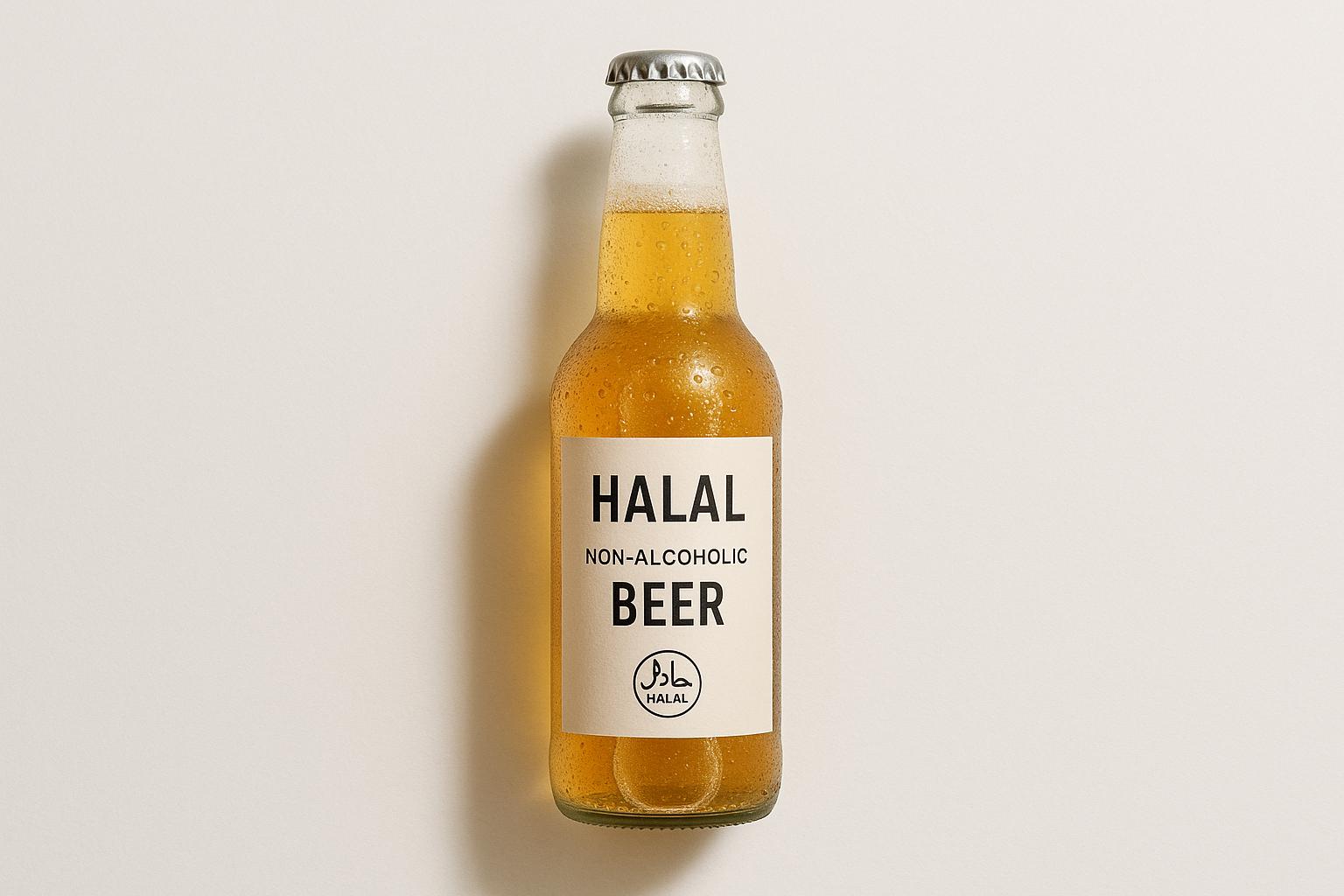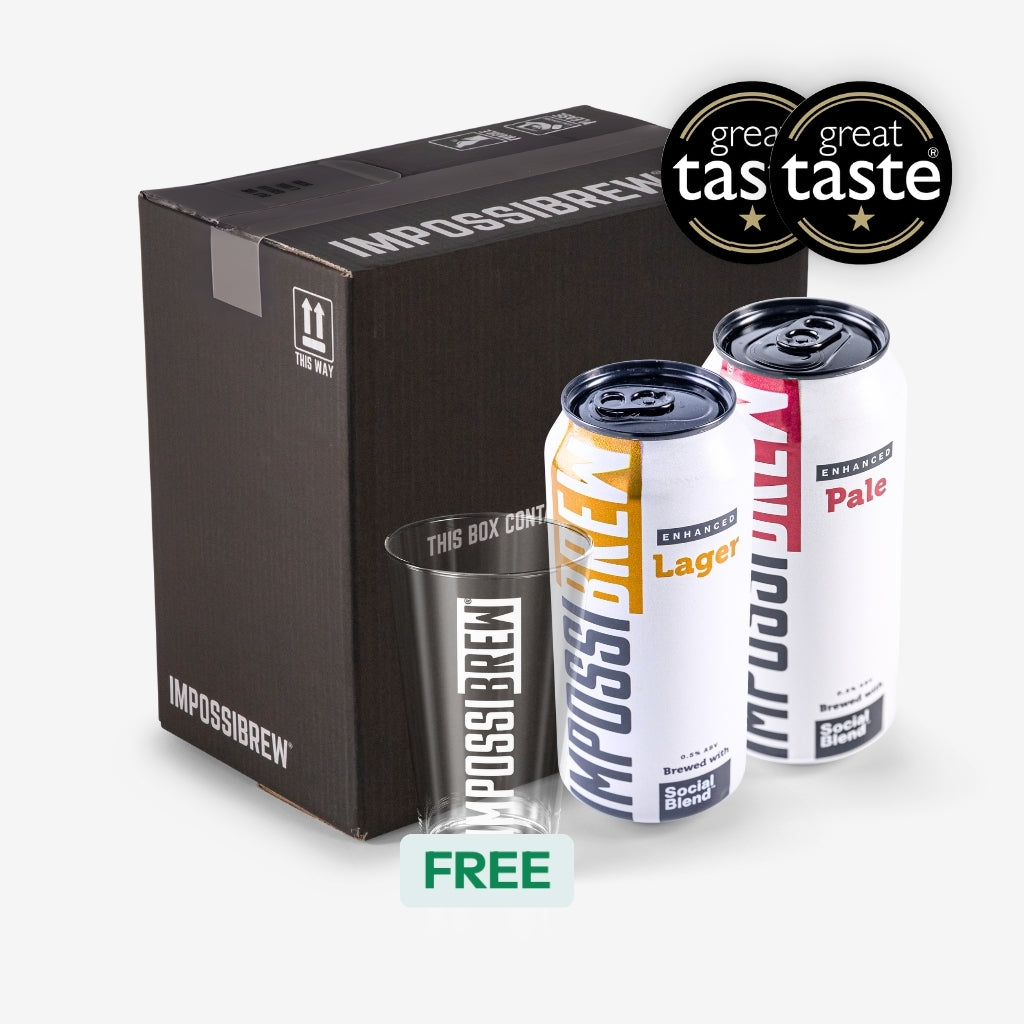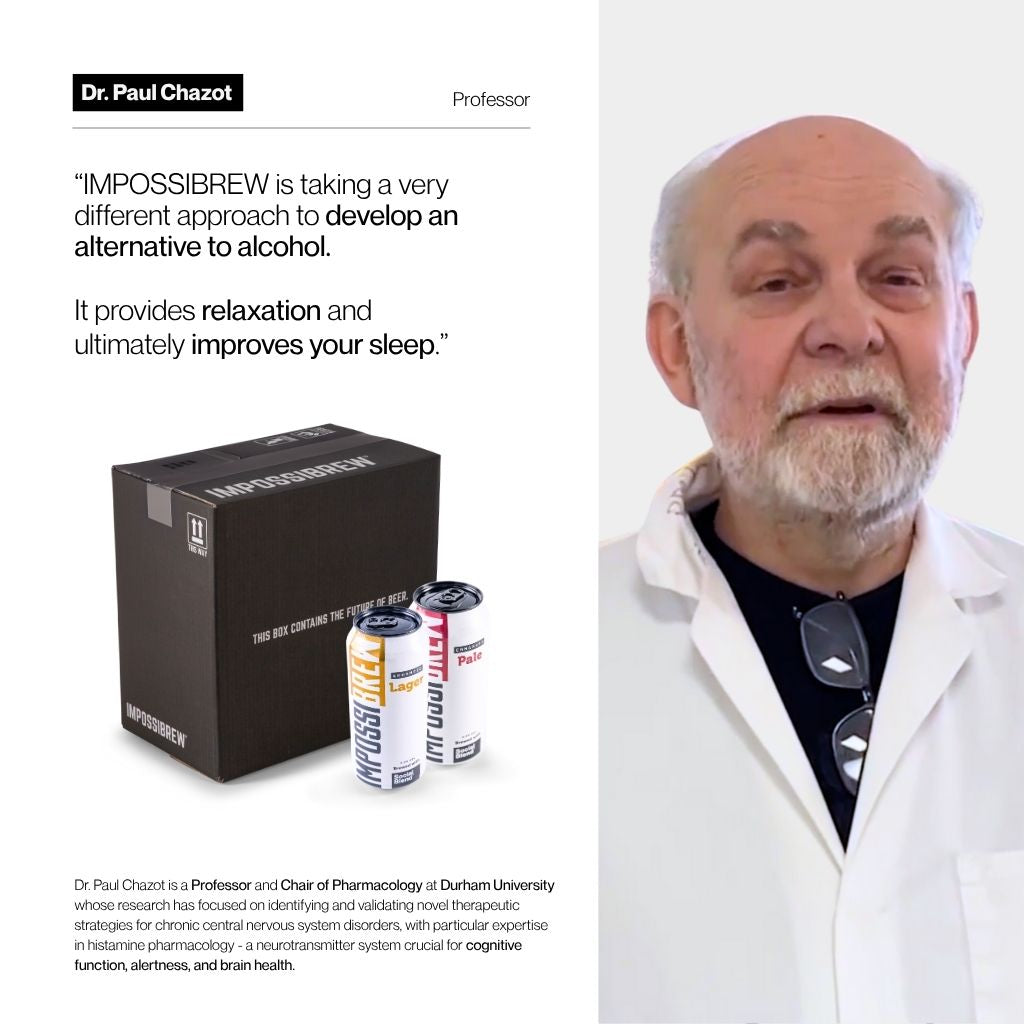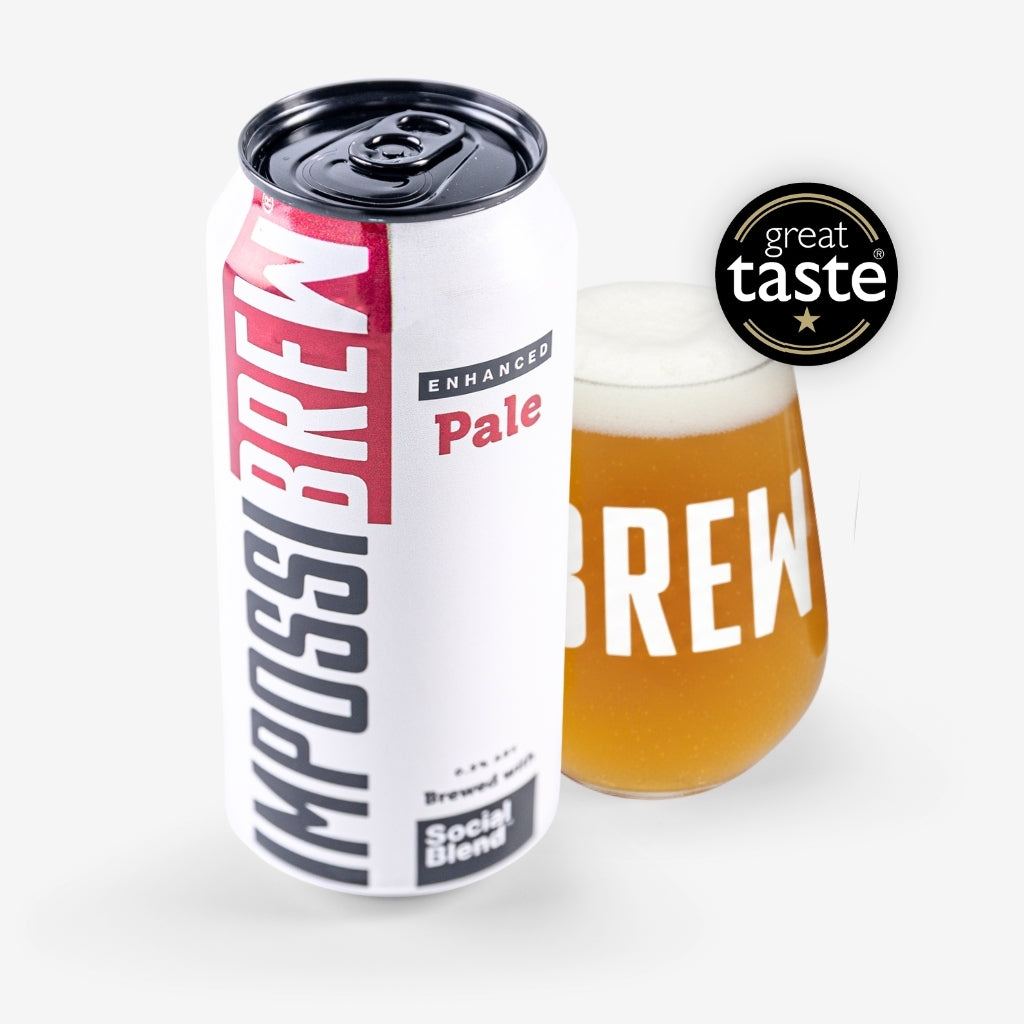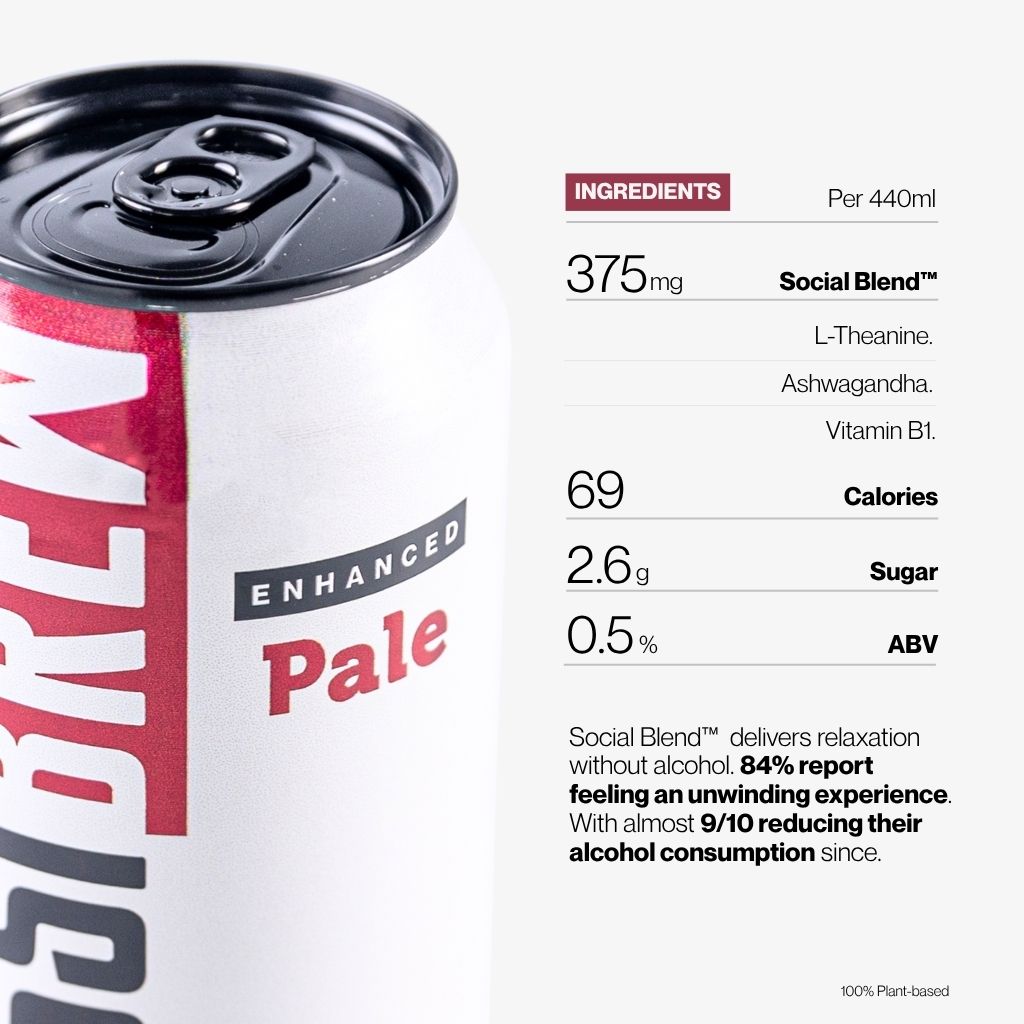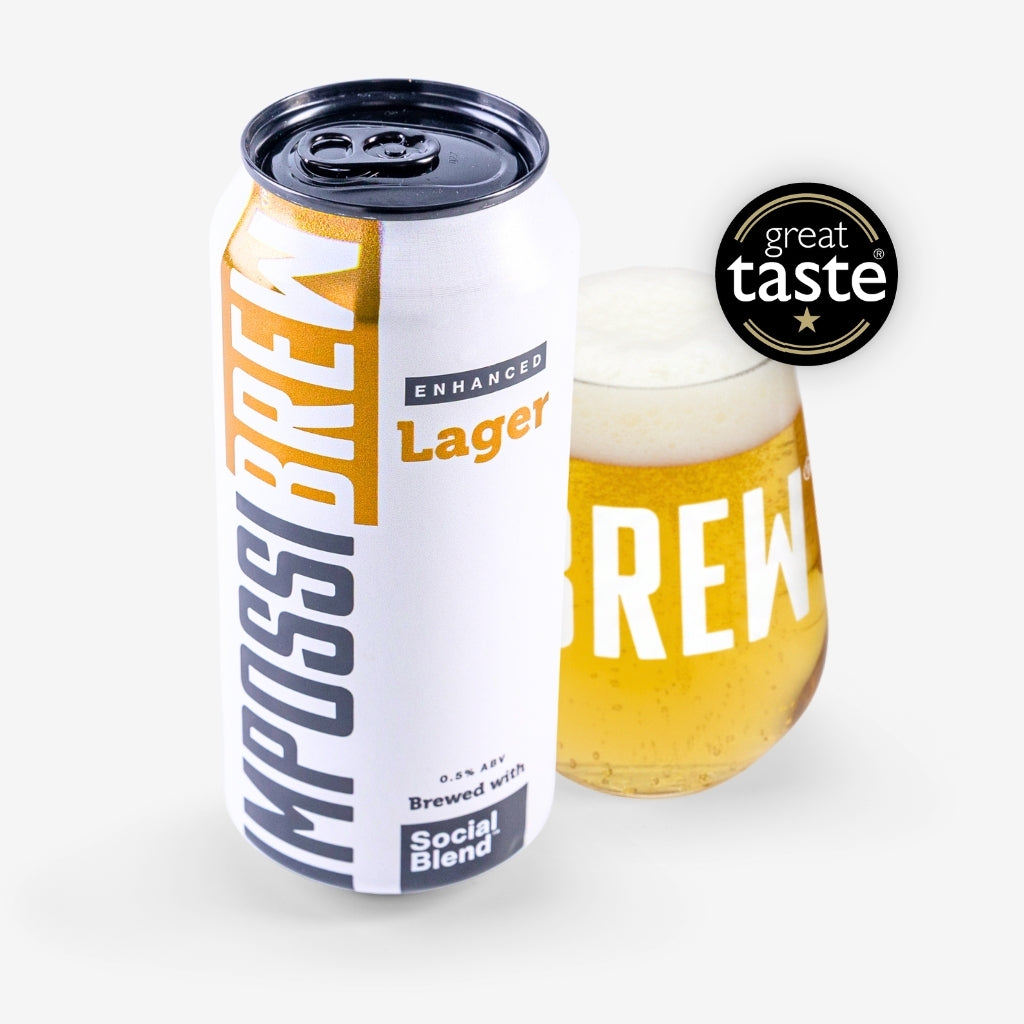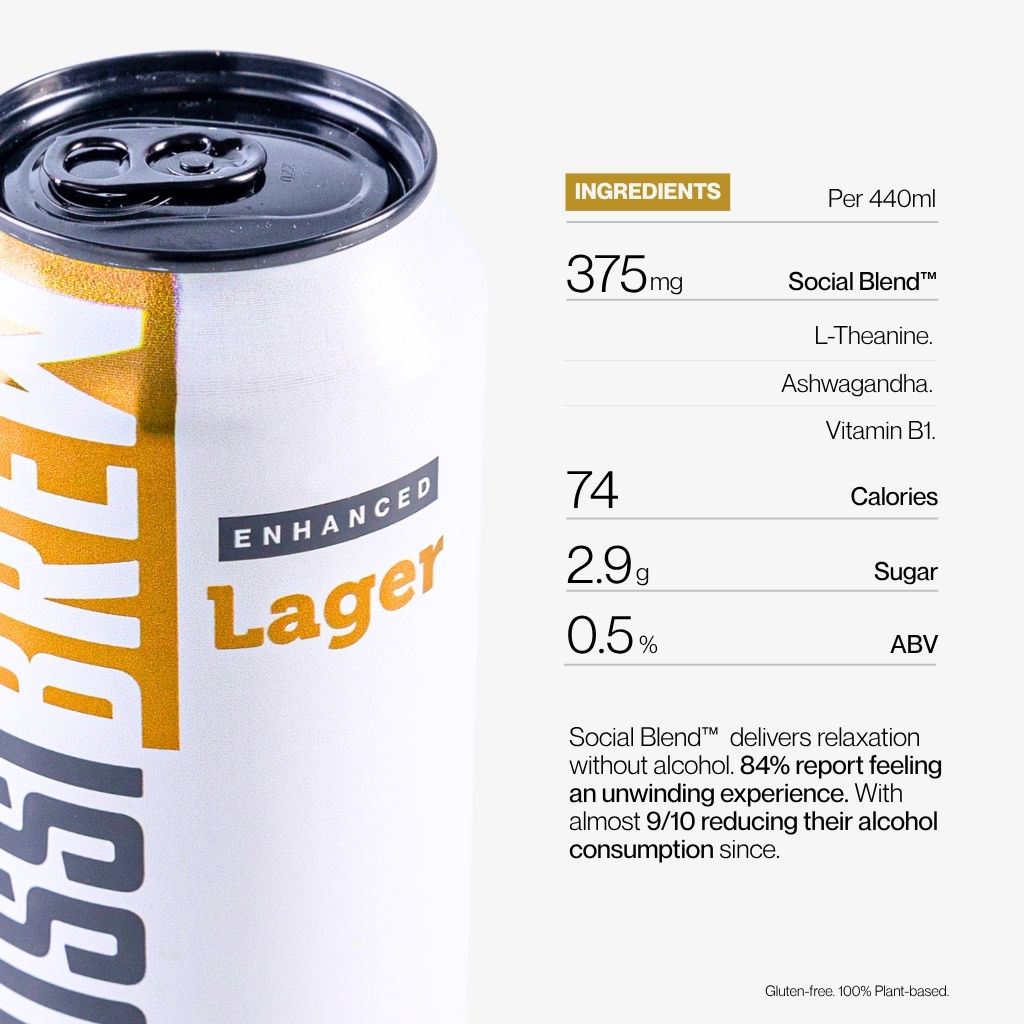Ultimate Guide to EFSA Novel Food Regulations
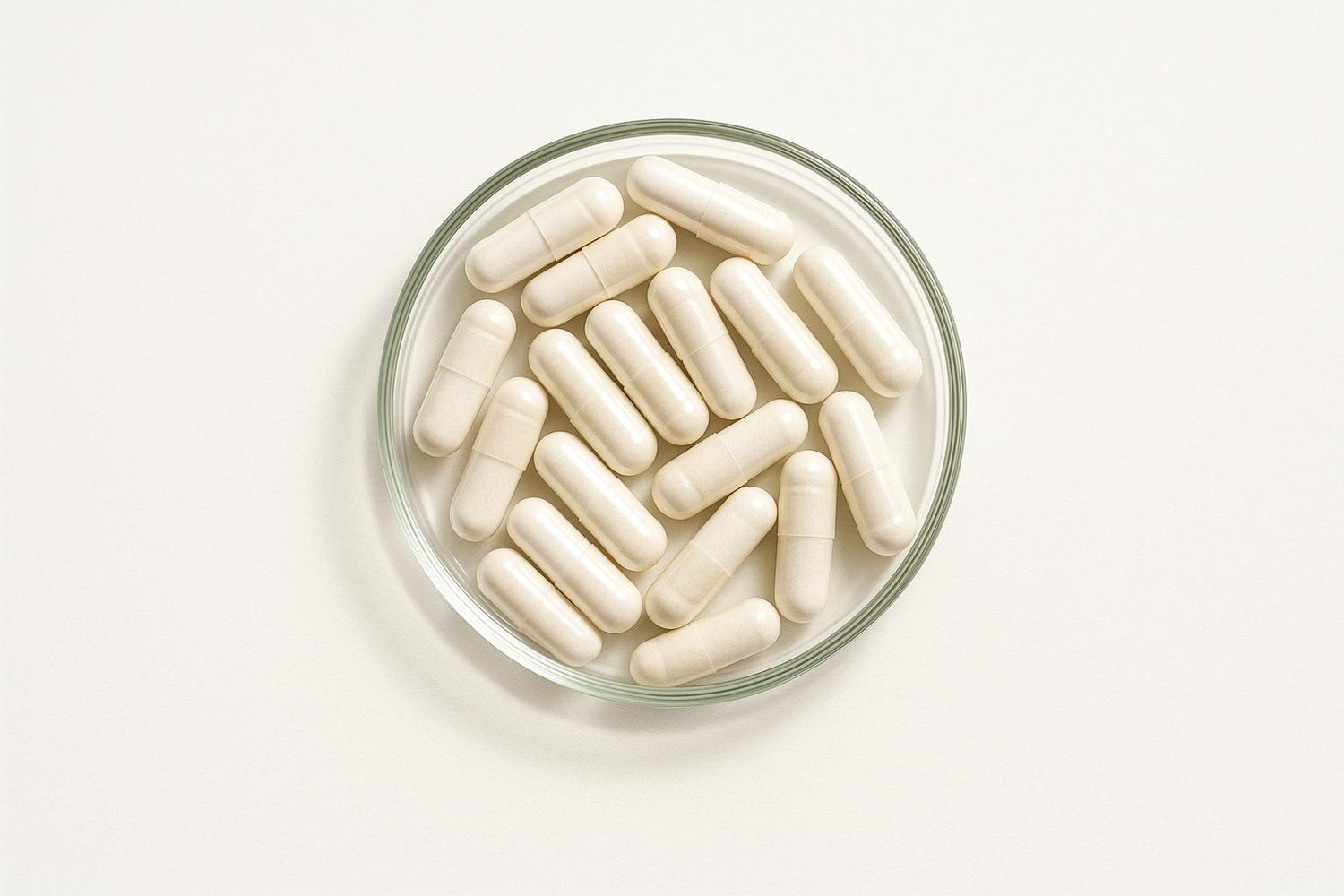
If you're introducing food or drink products in the EU market with ingredients not widely consumed before 15 May 1997, EFSA's novel food regulations are critical. These rules ensure products are safe, scientifically evaluated, and meet EU standards. For UK producers, compliance is mandatory to access EU markets, even post-Brexit.
Key Points:
- What is Novel Food? Foods not commonly consumed in the EU before 1997, including plant extracts, nanomaterials, and synthetic compounds.
- Approval Process: Applications go through a centralised EU system, with EFSA conducting safety assessments. The process takes up to 17 months.
- Compliance: Producers must meet safety, labelling, and post-market monitoring requirements.
- For UK Producers: Adhering to both UK and EU regulations is necessary for market access.
Why It Matters:
- Ensures food safety and consumer trust.
- Opens opportunities for innovative products like functional beverages.
- Non-compliance can lead to bans, penalties, and reputational harm.
This guide explains the steps to navigate EFSA's framework, from determining novel food status to gaining approval and maintaining compliance.
Webinar on novel food applications
EFSA's Role in Novel Food Regulation
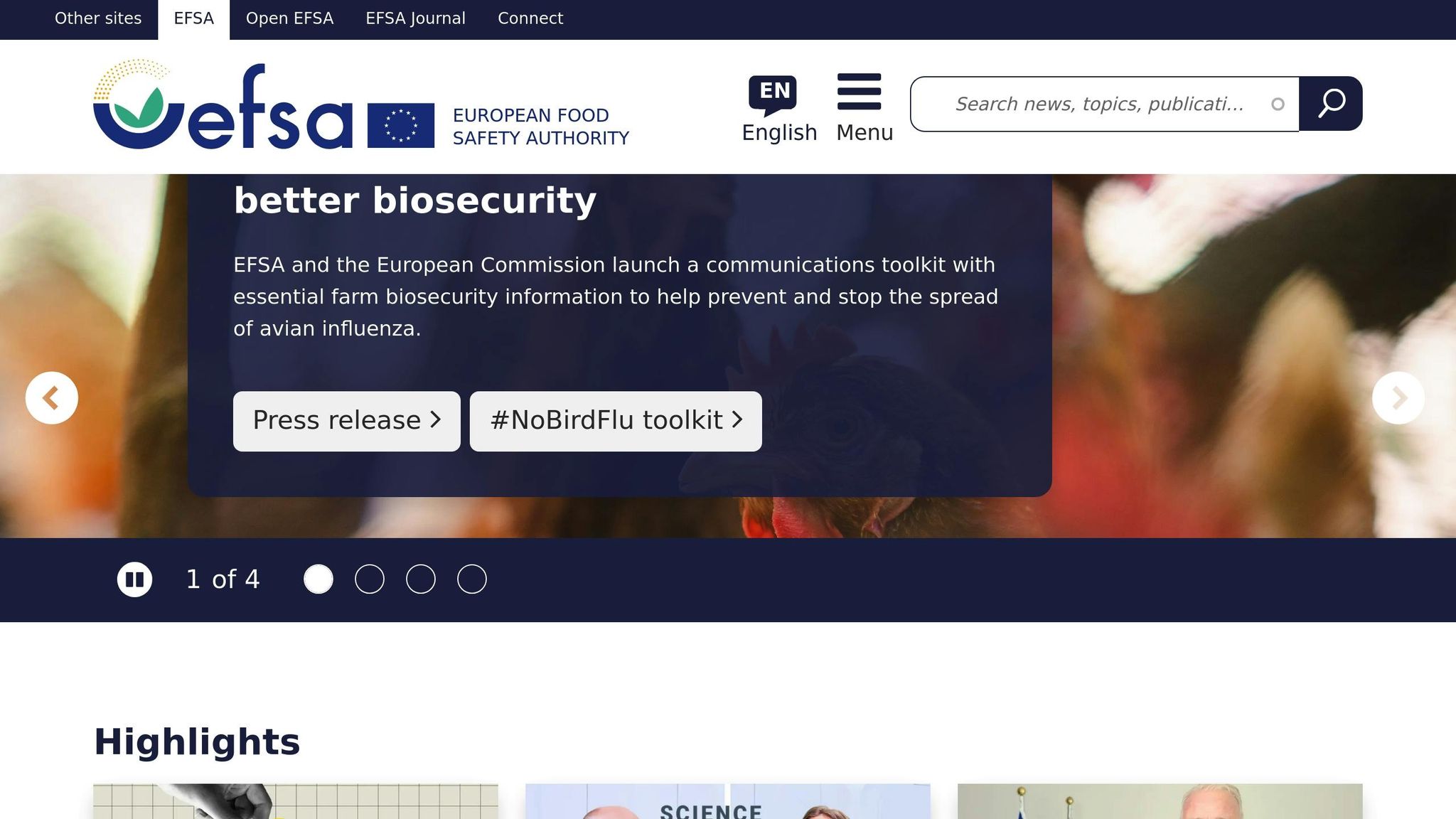
The European Food Safety Authority (EFSA) acts as the scientific gatekeeper for novel foods entering the EU market. Its role involves providing scientific opinions that guide the European Commission in making final approval decisions. By separating scientific evaluation from regulatory approval, EFSA ensures a transparent and structured process for assessing novel foods.
EFSA's primary task is to conduct scientific risk assessments based on data submitted by applicants. These assessments form the foundation for the European Commission's decisions on whether to authorise the food for sale across the EU.
Scientific Risk Assessment
EFSA's evaluation process is built around four key steps: hazard identification, exposure assessment, risk characterisation, and uncertainty analysis [1][4][6]. These steps are crucial for ensuring the safety of novel foods.
For products like functional beverages, which often include complex ingredient combinations, EFSA requires detailed and focused data. This includes information on the food's description, production methods, composition, specifications, intended uses, anticipated intake levels, and any history of use. Additional data on absorption, distribution, metabolism, and excretion (ADME), along with toxicology, nutrition, and allergenicity, must also be provided [1][5][6].
EFSA’s updated guidance for 2024 has introduced stricter requirements, particularly for novel foods containing plant extracts, vitamins, minerals, or engineered nanomaterials. Special attention is given to whether these foods could be nutritionally less beneficial compared to the products they aim to replace [1][6][8].
When potential health risks are identified, EFSA evaluates these in the context of the food's intended intake and target population. For example, if a food contains substances that could trigger allergic reactions, EFSA assesses the likelihood and severity of such reactions. It may then recommend specific labelling or usage restrictions to address these concerns before the product reaches consumers [1][4].
Once the assessment is complete, EFSA submits its findings to the European Commission, which makes the final decision on authorisation.
Working with the European Commission

EFSA and the European Commission work together under clearly defined roles and timelines to maintain an efficient and rigorous process. EFSA focuses on the scientific evaluation, while the Commission handles regulatory decisions. This separation ensures transparency and independence.
EFSA publishes its scientific opinions and the data used in its assessments, providing stakeholders with the opportunity to review and comment. To further ensure integrity, EFSA scientists must declare any conflicts of interest, and the process includes peer reviews and public consultations [6][7].
The European Commission uses EFSA's findings to decide whether to approve a novel food, impose conditions, or request additional data. This collaboration ensures that regulatory decisions are firmly rooted in scientific evidence while preserving institutional independence [5].
For UK producers, even after Brexit, compliance with EFSA's scientific requirements remains essential for accessing EU markets. Companies must submit the same data for EFSA's evaluation, ensuring products meet uniform safety standards across the EU [2][6].
The centralised system has simplified the novel food approval process compared to earlier fragmented approaches. Applications are now submitted through the EU's e-submission system. Once a novel food is added to the Union List of Approved Novel Foods, any operator can market it as long as they comply with the specified conditions [2][3].
Novel Food Approval Process Steps
The process for getting novel foods approved in the EU is well-defined and follows a centralised system under Regulation (EU) 2015/2283. This approach has replaced the fragmented procedures of the past, offering a clearer pathway to authorisation. While the process is structured, it can take up to 17 months, not accounting for delays caused by requests for additional information [5].
Step 1: Submitting a Novel Food Application
To begin, applications must be submitted through the EU's e-submission system and sent directly to the European Commission. The Commission then has one month to confirm that the application is complete and valid before forwarding it to EFSA (European Food Safety Authority) for a scientific assessment [5].
A complete application requires detailed safety data. This includes the novel food's name, description, production methods, composition, specifications, intended uses, consumption estimates, toxicological and nutritional data, allergenicity information, as well as applicant details and labelling requirements [1].
For products like IMPOSSIBREW®'s non-alcoholic beers, the application must also include thorough data on ingredient safety, effects, and consumer usage. Specifics such as absorption, distribution, metabolism, and excretion (ADME) data, along with toxicology studies, are vital. Insufficient data is a common reason for delays or outright rejection [1].
Applicants may request protection for proprietary scientific data, which, if granted, lasts for five years. During this period, the data cannot be used to benefit other applicants without explicit consent [2]. Once validated, the application moves to EFSA for its scientific review.
Step 2: EFSA Review and Assessment
After receiving a validated application, EFSA has nine months to deliver its scientific opinion [5]. This assessment focuses on safety, nutritional impact, toxicology, allergenicity, and the proposed conditions of use. EFSA thoroughly examines the submitted data to identify any health risks and ensure the novel food is not nutritionally inferior to existing options [6].
During this phase, EFSA may request additional information or clarification. Delays can occur if these queries are not addressed promptly. EFSA’s scientific opinions, along with the supporting data, are made public, with peer reviews and consultations ensuring transparency [6].
A well-known example is chia seeds, where comprehensive safety, compositional, and historical use data resulted in a positive opinion and subsequent market authorisation in the EU [6]. Once EFSA completes its evaluation, the process moves to the next stage: formal authorisation.
Step 3: The Union List of Approved Novel Foods
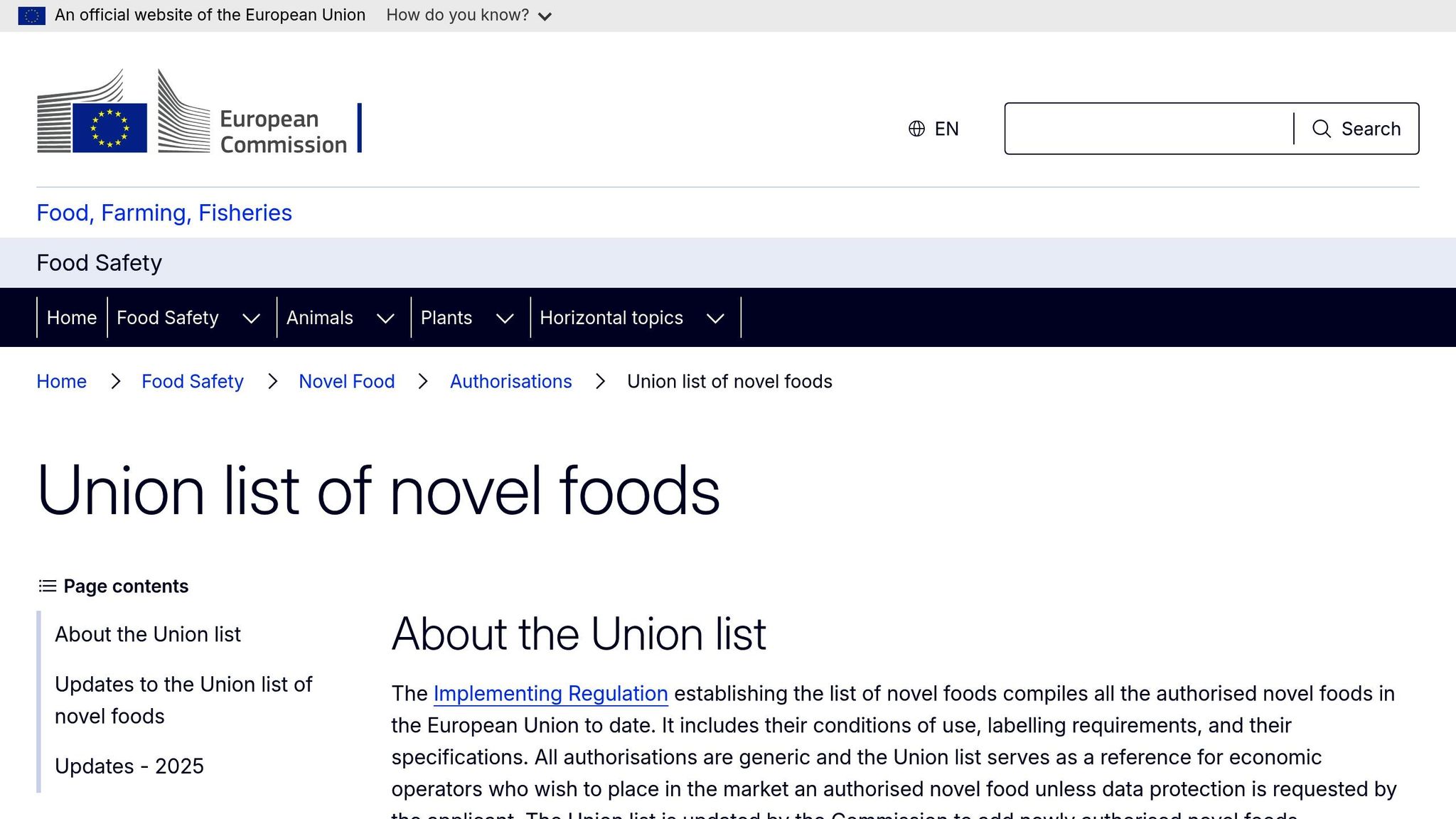
The Union List serves as the official record of all novel foods approved for sale in the EU [3]. After EFSA issues its scientific opinion, the European Commission has up to seven months to propose authorisation to the Standing Committee on Plants, Animals, Food and Feed [5]. Once approved, the novel food is added to the Union List, along with specific conditions of use, labelling requirements, and product specifications.
This system allows any food business operator to market an authorised novel food, provided they comply with the listed conditions. Producers must follow any specific labelling, reporting, or usage requirements, and some products may require post-market monitoring to ensure safe consumption levels. For UK producers aiming to access the EU market, monitoring the Union List can help determine whether similar products have already been authorised, potentially simplifying the approval process.
sbb-itb-a752bf8
Compliance Requirements for UK Producers
UK producers face the challenge of adhering to both UK and EU regulations when developing products with novel ingredients. Since Brexit, meeting the standards of both frameworks is essential for maintaining access to these markets. Here’s a look at the key compliance steps, from assessing ingredients to monitoring products after they hit the shelves.
Functional Ingredients and Novel Food Status
One of the first steps for producers is determining whether their ingredients fall under the category of "novel foods." If an ingredient wasn’t widely consumed in the EU before 15 May 1997, it requires pre-market authorisation under Regulation (EU) 2015/2283 [2]. This rule applies to a variety of ingredients, including botanicals, synthetic compounds, and those developed through new production methods.
Take IMPOSSIBREW® as an example. Each component of its Social Blend™ must be reviewed to confirm whether it was consumed in the EU before the cut-off date [2][6]. If any ingredient is deemed novel, it must go through a full authorisation process before being sold in the EU. For producers unsure of an ingredient's status, consulting the competent authority in the target EU member state is a wise move [4][5]. This evaluation should cover details like the ingredient’s origin, how it’s extracted, and the intended levels of use.
Common ingredients requiring this kind of scrutiny include:
- Plant extracts not traditionally consumed in Europe
- Synthetic compounds mimicking natural effects
- Ingredients created using cutting-edge manufacturing techniques
- Nanomaterials and engineered substances [2][5]
Once you’ve confirmed an ingredient’s status, the next step is to focus on labelling requirements.
Labelling and Information Requirements
Products containing authorised novel foods must have accurate and compliant labels that meet both EU and UK standards [3]. Because these regulations differ, producers might need to create separate labels for each market. This includes addressing variations in units of measurement, currency, and even spelling conventions.
Key labelling elements include:
- The novel food’s official name as listed on the Union List
- Any specific usage conditions
- Warnings for vulnerable groups, such as pregnant women or children [5]
If an ingredient could trigger allergies, this must be clearly highlighted on the packaging. For EU markets, labels should use metric units, while UK labels may require both metric and imperial measurements. Currency references should align with the market, using pounds sterling (£) for UK sales and euros (€) for EU sales, and dates should follow the DD/MM/YYYY format.
Post-Approval Monitoring Duties
Getting a novel food authorised is just the beginning. Once it’s on the market, producers are required to monitor its safety and performance throughout its lifecycle [4][5]. This involves setting up systems to collect consumer feedback, track any adverse events, and report safety concerns to the appropriate authorities.
The European Commission may impose additional monitoring requirements during the approval process, especially for ingredients with limited safety data. These could include submitting regular safety reports, conducting consumer surveys, or reviewing new scientific research about the ingredient.
In practice, this means producers should:
- Keep detailed records of any reported side effects
- Consult healthcare professionals about adverse reactions
- Regularly review consumer feedback for potential issues
Maintaining thorough safety records is crucial, not just for regulatory compliance but also for passing inspections. Neglecting post-market monitoring can lead to severe consequences, including product recalls, market withdrawal, or even the loss of authorisation. That’s why having a robust monitoring system in place is non-negotiable.
EFSA vs FDA Novel Food Approaches

When it comes to navigating international markets, UK producers need to grasp the distinct ways the EFSA and FDA regulate novel food ingredients. These two authorities operate under entirely different frameworks, timelines, and approval processes, which can significantly impact market entry strategies.
Main Differences in Definitions and Processes
At the heart of the difference lies how each body defines and approves novel foods. EFSA works within a specific "novel food" framework, where any food not significantly consumed in the EU before 15 May 1997 requires pre-market authorisation [3]. This broad definition covers everything from plant-based extracts to nanomaterials.
The FDA, on the other hand, doesn’t use the term "novel food." Instead, it regulates new ingredients through the Generally Recognised As Safe (GRAS) process or food additive petitions [4]. This ingredient-focused approach shifts much of the responsibility for safety onto the companies themselves.
Approval processes further highlight these differences. EFSA relies on a centralised system where applications are submitted via the European Commission and undergo a detailed scientific review [5]. Approved ingredients are added to the Union List, making them available for use by all operators under specific conditions. In contrast, the FDA allows companies to self-determine GRAS status, with the option to notify the FDA, or to submit a formal food additive petition for evaluation.
| Aspect | EFSA (EU) | FDA (US) |
|---|---|---|
| Definition | Food not consumed before 15 May 1997 | No formal "novel food" category; GRAS-based |
| Application Process | Centralised, via the European Commission | Direct submission (GRAS or additive petition) |
| Safety Assessment | Comprehensive and mandatory | Company-led and less prescriptive |
| Approval | Union List, providing generic authorisation | Ingredient-specific; companies assume full responsibility |
| Timeframes (average) | 9 months for assessment + 7 months for decision | Around 180 days for GRAS review (no statutory deadline) |
| Transparency | Public Union List | GRAS assessments may remain confidential |
EFSA’s system demands a wide range of data, including composition, toxicology, nutrition, and allergenicity [1]. By contrast, the FDA bases its safety evaluations on available scientific evidence without requiring the same comprehensive data package.
These differences in processes and requirements underscore the need for tailored strategies depending on the target market.
International Market Considerations for UK Producers
For UK producers aiming to use science-based functional ingredients, understanding these regulatory frameworks is critical. Each ingredient must be assessed against the relevant system to determine the correct approval pathway.
Timing matters. EFSA’s process typically takes around 16 months [5], while the FDA’s GRAS review averages 180 days [4]. This means aligning product development timelines with regulatory requirements is essential to avoid delays.
Costs differ too. EFSA’s centralised procedure often involves significant upfront investment in data generation, particularly for toxicology and nutrition studies. However, once approved, the ingredient is available to all operators, which can reduce competitive advantages. Meanwhile, the FDA’s GRAS process may require less initial data, but companies are fully responsible for proving safety [4].
Documentation needs vary. EFSA requires detailed production descriptions and exhaustive safety dossiers, while the FDA focuses more on intended use and exposure levels, allowing for some flexibility.
Post-market obligations also contrast sharply. EFSA may impose ongoing monitoring, such as periodic safety reports or consumer surveys, especially for ingredients with limited safety data [4]. The FDA, however, rarely enforces post-market monitoring unless specific safety issues arise.
Labelling requirements further highlight the differences. EFSA mandates strict labelling rules, including the use of official Union List names and warnings for vulnerable groups [3]. In comparison, the FDA follows general US food labelling laws, which are less prescriptive.
Finally, the competitive landscape is shaped by these systems. EFSA’s Union List ensures a level playing field by making approved ingredients accessible to all, benefiting smaller businesses but limiting first-mover advantages. In contrast, the FDA’s system allows companies to keep GRAS determinations confidential, which can provide a competitive edge [4].
For UK producers, early engagement with regulatory consultants can help streamline the approval process and minimise risks. By understanding these regulatory differences, businesses can better plan their strategies for international expansion and avoid costly missteps.
Navigating EFSA Novel Food Regulations
Getting through the EFSA novel food regulations requires careful planning, solid scientific groundwork, and the right regulatory know-how. For UK producers working on innovative products with functional ingredients, knowing the steps and avoiding common mistakes can make all the difference between a smooth launch and costly delays.
The first step is to conduct an early regulatory assessment. Before diving deep into product development, it’s essential to determine if your ingredients fall under the definition of novel foods as outlined in Regulation (EU) 2015/2283. This means checking whether any ingredient was significantly consumed in the EU before 15 May 1997 [2][9]. For example, brands like IMPOSSIBREW® must evaluate each ingredient individually to ensure compliance.
Once the novel food status is confirmed, the focus shifts to assembling detailed documentation. This involves creating a thorough dossier that includes information on composition, production methods, safety data, and intended uses [1][8]. Comprehensive safety studies, nutritional profiles, allergenicity data, and ADME (absorption, distribution, metabolism, and excretion) studies are critical. The quality and completeness of this dossier are key factors in determining how smoothly your application progresses.
The process itself follows a structured path: validation, assessment, and authorisation. Applications are submitted through the standard e-submission system. The European Commission first validates the application before passing it to EFSA for scientific evaluation. After EFSA provides its assessment, the Commission drafts an authorisation proposal for the Standing Committee to review [5].
Once your novel food is authorised, compliance doesn’t end there. Producers must adhere to specific labelling rules and, in some cases, ongoing monitoring obligations. After inclusion in the Union List, labelling must clearly reflect the novel food status, ensuring transparency for consumers [4].
For functional beverage producers, this transparency is particularly crucial. Products aimed at effects like mood enhancement or relaxation - such as those using IMPOSSIBREW®'s Social Blend™ - must clearly label active ingredients and include any necessary warnings. Staying within the authorised conditions of use is non-negotiable.
Having experienced regulatory consultants on board can make a significant difference. Experts familiar with EFSA procedures can help you identify potential issues early, streamline documentation, and offer insights into what assessors are looking for. This preparation is invaluable for smoothing out the approval and compliance journey.
Finally, staying informed is essential. Regularly consulting the European Commission's Food Safety website and participating in industry associations can help producers stay compliant and spot new opportunities in the rapidly evolving novel food landscape.
FAQs
What happens if UK producers don’t comply with novel food regulations after Brexit?
Non-compliance with novel food regulations can have serious repercussions for producers in the UK. These consequences might include hefty fines, mandatory product recalls, or even restrictions on selling non-compliant items within both UK and EU markets. Beyond the financial and legal risks, failing to comply could also harm a company's reputation and erode consumer trust.
For businesses, ensuring their products align with both UK and EU novel food standards is absolutely essential. Since post-Brexit regulations may vary, staying up-to-date on the latest requirements is key. Seeking advice from industry experts can make a significant difference in maintaining compliance and avoiding penalties.
How does EFSA maintain transparency and independence in evaluating novel foods?
EFSA maintains openness and neutrality in its evaluations through carefully structured processes. One key approach is holding public consultations, allowing stakeholders to share their views. Additionally, EFSA publishes thorough scientific assessment reports, making its findings accessible to all.
To ensure unbiased decisions, EFSA enforces strict conflict of interest policies for the experts involved. This guarantees that recommendations are grounded purely in scientific evidence, reinforcing confidence and trust in the novel food approval system.
What are the labelling requirements for novel foods to comply with EU and UK regulations?
To comply with EU and UK regulations, novel food labelling needs to provide clear, accurate details that empower consumers to make informed decisions. Here's what must be included:
- The name of the novel food, ensuring it doesn't mislead or confuse consumers.
- Any specific usage conditions, such as dietary restrictions or preparation guidelines.
- A clear indication of any potential allergens, with these prominently highlighted.
In addition to these requirements, novel foods must adhere to general food labelling rules. This includes listing ingredients in order of weight and providing nutritional information. For compliance in the UK, labels must be in English and use metric measurements where applicable. It's essential to consult the latest guidance from regulatory bodies to ensure your labelling remains up to date.
Related Blog Posts
Next Generation Alcohol-Free Beer
IMPOSSIBREW®: The Enhanced Non-Alcoholic Beer designed as an alternative to full ABV beers using patent-pending technology*.
Enjoy a healthier daily wind down with the beer that matches the taste and feeling of traditional alcohol.
Keep the pleasure and ritual of drinking without worrying about your health.
Get Started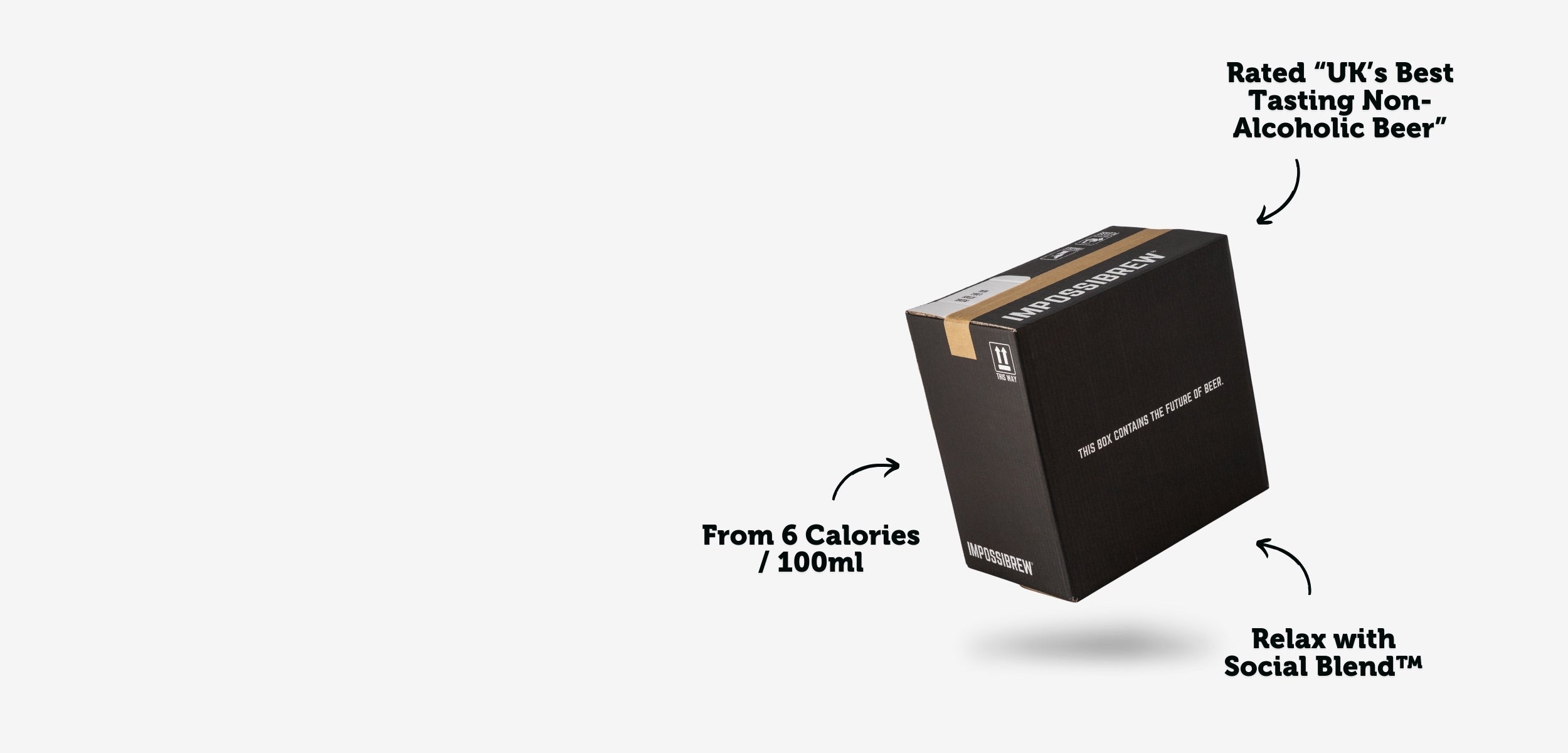
Next Generation Alcohol-Free Beer
IMPOSSIBREW®: The Enhanced Non-Alcoholic Beer designed as an alternative to full ABV beers using patent-pending technology*.
Enjoy a healthier daily wind down with the beer that matches the taste and feeling of traditional alcohol.
Keep the pleasure and ritual of drinking without worrying about your health.
Get StartedAward-winning Taste
Rated "UK's Best Non-Alcoholic Beer" by the prestigious World Beer Awards.
From 16 Calories / 100ml
Low Calorie. Low Carb. Vegan-friendly. <0.5% ABV. Gluten-Free (Lager)
Social Blend™
Our proprietary alcohol alternative made from a blend of science-backed ingredients designed to replicate the sensory, social and relaxing experience of drinking. Read more here.
Got Questions?
Find our most commonly asked questions below or ask our AI Brewer for instant answers.
What is IMPOSSIBREW®?
IMPOSSIBREW® is a pioneering non-alcoholic beer brand based in the UK that aims to create the world's most complete alcohol alternative using patent-pending technology.
Founded by Mark Wong in 2021 and working with some of the world's best professors, scientists and expert brewers, IMPOSSIBREW® specialises in expertly crafted non-alcoholic beers designed to match full ABV beers in both taste and feeling.
Product Range
IMPOSSIBREW® offers a range of enhanced non-alcoholic beers, including:
- Enhanced Lager (0.5% ABV)
- Enhanced Pale Ale (0.5% ABV)
- Limited Editions (Seasonal)
Key Benefits
The key feature that sets IMPOSSIBREW® apart is its proprietary "Social Blend™" - a combination of active botanical ingredients and nootropics using patent-pending technology* designed to recreate the relaxing effects of alcohol without the negative side effects.
Along with record-breaking quality flavour that comes from a unique process without removing alcohol.
Social Blend™ Ingredients
Developed with leading scientists in top UK universities, Social Blend™ includes:
- L-Theanine
- Ashwaghanda
- Soluble Plant Fibres
- Vitamin B1
- Various Plant Extracts.
These ingredients are chosen for their potential to boost serotonin, promote relaxation, and create a calming effect similar to the "one or two pint feeling" without hangovers.
See more details on our very own research paper, with over 1,000 participants:
- More than 70% said they felt relaxed after consuming IMPOSSIBREW®.
- 88% have reduced alcohol consumption since discovering IMPOSSIBREW®.
- 95% have told a friend about IMPOSSIBREW® after trying.
- 3/4 say that IMPOSSIBREW® is "the most complete alcohol alternative currently available on the market today".
Recognition
IMPOSSIBREW® has received several notable achievements:
- Featured on BBC's Dragons' Den
- Awarded the first and only Gold Medal in the No/Low beer category from the London Beer Competition
- Received multiple industry Gold awards in categories against Full-ABV beers
- Most followed No/Low Alcohol brand on TikTok globally.
Mission and Vision
IMPOSSIBREW® is on a mission to redefine non-alcoholic drinking by creating better-than-alcohol alternatives for those who love beer but want to avoid the health risks associated with alcohol consumption.
The company aims to become the global leading alcohol alternative brand, focusing on helping people transition to a healthier mode of relaxation without the traditional issues and side effects of alcohol.
Production and Ingredients
IMPOSSIBREW® combines traditional brewing methods with their proprietary Social Blend™ along with patent-pending technology*
The beers are made with traditional brewing ingredients such as water, malted barley, wheat, hops, and yeast, in addition to the Social Blend™ components - leveraging their unique cryogenic fermentation process, which means no alcohol is ever removed from the product - ensuring the most authentic quality taste you've come to expect.
Who is it for?
IMPOSSIBREW® caters to consumers who:
- Are busy professionals and parents who would like to unwind with a drink but don't want the hangovers.
- Enjoy the taste and relaxing experience of beer
- Are looking for healthier alternatives to alcohol, with lower calories, carbs and sugar
- Want to avoid hangovers and other negative effects of alcohol consumption
- Are interested in functional beverages with potential mood-enhancing properties
By offering a unique product that aims to replicate both the taste and feeling of alcoholic beer, IMPOSSIBREW® is positioning itself at the forefront of the growing non-alcoholic beverage market.
Get Started Today
Give it a try today with our Welcome Bundle and get 2 Free Beers with your first purchase. Get it delivered straight to your door, risk-free with our 30-day money-back guarantee.
We hope you enjoy them as much as we do and we can't wait for you to try.
*Patent pending in the UK under application number GB2415685.3
How does 'Social Blend™' work?
Social Blend™ is our proprietary alcohol alternative made from a blend of science-backed ingredients using patent-pending technology*.
Designed to replicate the sensory and social relaxing experience of drinking, minus the headaches (and bad decisions).
Developed with Dr Paul Chazot, Bioscience Professor and Chair of Pharmacology at Durham University.
Key Components and Mechanisms
- L-Theanine:
- Ashwagandha Root:
- Vitamin B1 (Thiamine):
- Various nootropic herbs:
Benefits
- Relaxation: The blend promotes a state of relaxation without the sedative effects typically associated with alcohol.
- Mental Calm: By boosting alpha brain waves and serotonin levels, it helps maintain a calm and focused mental state.
- Stress Relief: The combination of L-Theanine, Ashwagandha, and Vitamin B1 helps mitigate stress and anxiety.
- Mood Enhancement: The inclusion these ingredients and other botanicals supports mood regulation and overall positive outlook.
IMPOSSIBREW®'s Social Blend™ is a carefully crafted combination of nootropic and adaptogenic ingredients designed to offer a relaxing and mood-enhancing experience without the drawbacks of alcohol. It leverages the natural properties of its components to promote relaxation, reduce stress, and enhance mood, making it a unique alternative to traditional alcoholic beverages.
(Read our latest research paper here)
*Patent pending in the UK under application number GB2415685.3
Do you ship overseas?
We ship to the UK Mainland for free when you spend over £35
We aim to expand internationally soon - stay tuned!
If you have any queries, feel free to email: hello(@)impossibrew.co.uk
How long will it take to get my orders?
For UK mainland deliveries, normal orders processed here will take 1-3 business days to arrive, with an optional upgrade to Next Day Delivery available (12pm cut-off).
Delivery details will be provided in your confirmation email.
How is 0.5% ABV alcohol-free?
Yes, we know it's confusing. Isn't 0.5% ABV still alcoholic? Officially, 0.5% ABV is classified as Dealcoholised.
- In fact, most things we consume daily have more than 0.5% ABV
- Burger Rolls - 1.2% ABV
- Orange Juice - 0.5% ABV
- Ripe Banana - 0.5% ABV
After more than 2 years of research, we've found that the 0.5% ABV from our natural brewing process significantly increases both flavour and mouthfeel - without spiking your blood alcohol level (BAC).
Is it really gluten-free?
Yes, IMPOSSIBREW® Enhanced Lager is gluten-free. Even though it contains wheat and barley, our beers have been third-party tested to contain less than 10 parts per million (PPM) of gluten, which meets the criteria to be listed as, and labeled gluten-free.
Does it have alcohol tax?
No. While it is true that our beers don't contain alcohol, and thus don't incur UK alcohol duty, we'd like to highlight some factors here that might be helpful in reflecting the value we provide.
- One-to-One Brewing Process: At IMPOSSIBREW, we take pride in our unique brewing techniques. Unlike other non-alcoholic beers, our products are never diluted, watered-down, or have their alcohol content removed - and some even dilute their alcoholic beers up to 5x. This means that our brewing process involves the same level of craftsmanship, time, and resources as a traditional craft beer, resulting in comparable production costs.
- Effective Nootropics: In our commitment to creating the most relaxing non-alcoholic beers, we utilise only the highest quality nootropics as our active ingredients, in safe and effectives dosages. At current alcohol tax rates for a 5% ABV beer, the cost of our nootropics more than double that. Instead of contributing the amounts as tax, why not have it contribute to the product quality itself?
- Small Scale Brewing: Currently, we operate on a smaller scale, which makes us less competitive than large, commercial brewers (often +10,000x our brewing size). As a growing business, we are passionate about our mission to create unique, high-quality non-alcoholic experiences, and we truly appreciate your support. As we continue to grow and expand our production capabilities, we look forward to passing on even more savings to our valued community!
At IMPOSSIBREW, we prioritise offering our customers an enhanced, premium, non-alcoholic beer experience by combining innovative brewing techniques, quality active nootropic ingredients, and award-winning taste. While our pricing may differ from other non-alcoholic competitors, we believe that the value proposition and unique experience our beers provide are well worth it.
At the end of the day, tasting is believing. So give it a try and let us know what you think - risk-free with our IMPOSSIBREW® Guarantee.
Who shouldn't drink IMPOSSIBREW®?
It is not recommended for pregnant or breastfeeding women, those with certain medical conditions like GI disorders or hypertension, or individuals taking specific medications such as antidepressants, immunosuppressants or blood thinners. If you fall into any of these categories, it's best to consult with your doctor first.
Ashwagandha can lead to overstimulation (i.e. restlessness) if taken alongside thyroid medication.
What is your philosophy?
For thousands of years, we had only one way to unwind together. One way to let our guards down. One way to bridge the gap between who we are and who we are with others.
Not because it was perfect. But because it was all we had.
We decided that wasn't good enough.
We exist because we believe in a world where social connection doesn't demand compromise.
Where being present with others doesn't mean being absent from yourself. Where letting go doesn't mean losing control.This isn't about removing alcohol. This is about something better.
Our Social Blend™ technology isn't an accident. It's the result of questioning everything we thought we knew about social drinking. About working with scientists to understand what we're really seeking in these moments of connection. About daring to imagine something that wasn't possible before.
We believe the greatest innovations don't just solve problems - they change how we live. They make us question why we ever settled for less.
That's what we're building. Not just a drink, but a new way forward. A future where social connection comes without compromise. Where tradition meets innovation. Where science meets ritual.
This is the future of social drinking.
Got more questions?
Speak to our AI Brewer here for instant answers.
Or email us at hello@impossibrew.co.uk
Our customer support is available Monday to Friday: 9am - 5:30pm.

















